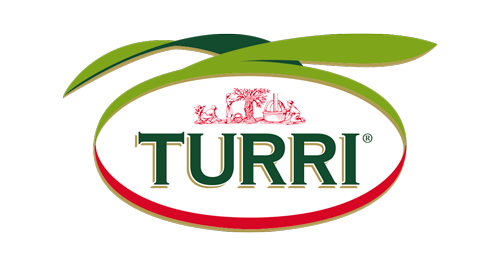Olive oil is one of the most important and popular dressings in our cuisine, and features prominently in the meals of every Italian family, children included.
In fact, fatty compounds are essential sources of food during the stages of childhood and adolescence, and should account for roughly 30% of the daily calorie intake. This amount should then slowly decrease throughout the years, to reach 20-25% in adulthood.
We all know that olive oil comes from olives, i.e. the fruit of the olive tree. The difference between olive oil and extra virgin olive oil is that the former is a blend of oils subjected to various chemical processes aimed at eliminating unpleasant smells and flavours, with the addition of a (very!) small percentage of pure, untreated oil. Extra virgin olive oil, on the other hand, is obtained by mechanical means alone, i.e. by pressing the olives, and no other process is allowed, nor is the addition of any other substance or compound. It is for this reason that when we purchase olive oil, we should always purchase cold-pressed extra virgin oil: it is by far the best oil, and contains all the nutritional properties of olives.
Extra virgin olive oil is among the first ingredients that should feature in baby foods when we start weaning them, because this is the fatty compound best tolerated by their still not fully developed digestive system. Olive oil also helps protect the walls of the intestine and reduce gastric acidity. It also relieves the discomfort of constipation and promotes bowel movements. During childhood, it is strategic for body growth, because it promotes the development of bones and nervous system. Drizzled over the baby food, it helps them absorb fat-soluble vitamins A, D, E and K.
Extra virgin olive oil is also full of omega-3s, which are known to improve the functionality of the brain, boost neuro-psycho-motor development and the structure of the retina. In the early stages of child development, when fish cannot be introduced into the baby’s diet, olive oil is the best source of these compounds.
The best way to use it is raw, especially in the case of toddlers, but can also be used for cooking, because it has a very high smoke point (220°C), so it is perfect for frying (bearing in mind that we should only eat fried food very occasionally!)
It is worth remembering that because it is packed with calories, we should stick to the amounts indicated by the paediatrician, i.e. two tablespoonfuls a day; only after some years we should increase that amount, to gradually reach the three tablespoonfuls recommended for adults.


